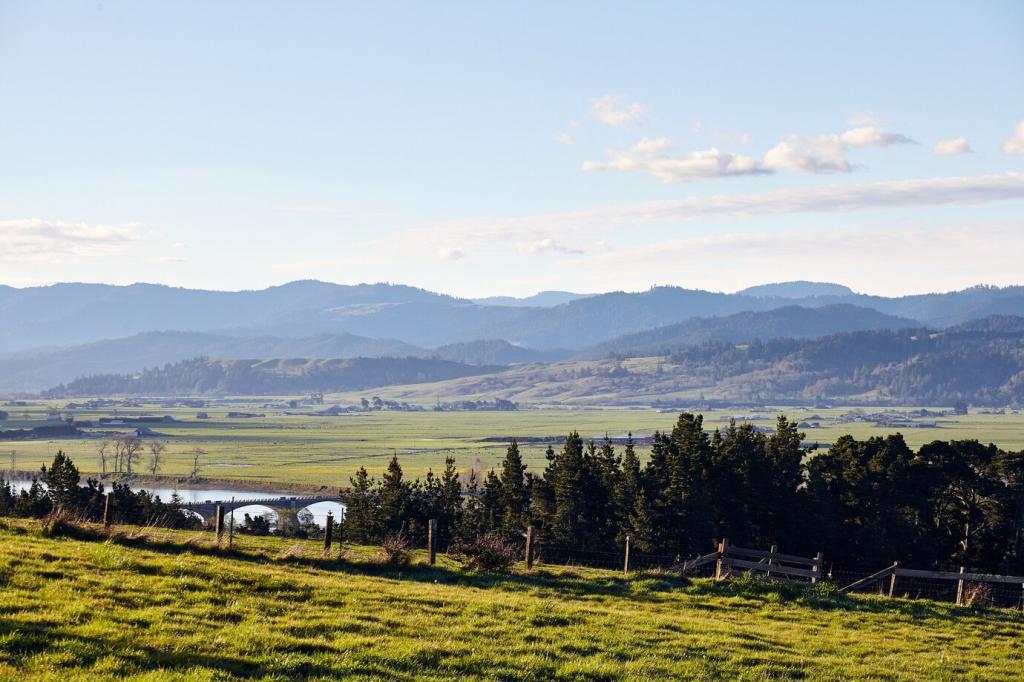
Building Tomorrow: Infrastructure Development and Economic Trends
Welcome to our home base for big ideas about how roads, rails, ports, power grids, and broadband shape prosperity. Selected theme: Infrastructure Development and Economic Trends. Explore stories, data, and debate—then join the conversation, subscribe for updates, and help map the next decade of smart, resilient investment.

Infrastructure investment doesn’t just pour concrete; it multiplies opportunity. A new transit line can unlock housing potential, attract employers, and elevate wages by shrinking distance and time. These spillovers ripple through supply chains and services, strengthening regional resilience and long-run growth trajectories.

When a modest bridge opened over a flood-prone river in a Midwestern town, local vendors extended hours, a bakery hired two apprentices, and high schoolers started weekend internships across the water. Tiny time savings stacked into trust, activity, and anchored optimism for future investments.

What project near you—perhaps a bus rapid transit line, a port upgrade, or a greenway—would most boost local productivity? Share your thoughts, tag a neighbor, and subscribe to follow community-driven case studies we’ll feature in upcoming posts.
Funding Models and Fiscal Health
P3s can mobilize private capital, accelerate delivery, and align incentives—if risks are properly allocated. Transparent contracts, lifecycle maintenance standards, and value-for-money assessments help communities avoid short-term wins that become long-term liabilities. Context matters more than ideology in choosing delivery models.


Technology’s Role: From Smart Roads to Digital Twins
IoT sensors on bridges, pumps, and pavements can flag stress, moisture, or vibration anomalies before visible damage occurs. Predictive maintenance cuts downtime, extends asset life, and protects budgets from emergency repairs that crowd out other community priorities and essential services.
Technology’s Role: From Smart Roads to Digital Twins
A city-scale digital twin can test freight reroutes, transit timetables, and storm surges against employment and price scenarios. Linking engineering models to economic indicators helps leaders rank projects by productivity, equity, and resilience—grounding ambition in evidence rather than guesswork.
Inclusive Infrastructure and Equity
Transit Access as Economic Mobility
Commute time is a powerful predictor of upward mobility. Frequent, reliable transit can expand job options across neighborhoods, connecting workers to training and childcare. When systems are designed for riders’ real schedules, economies benefit from broader participation and reduced friction.
Rural Connectivity and the Last Mile
Broadband and dependable roads are lifelines for rural entrepreneurs, telehealth, and precision agriculture. Closing the last-mile gap replaces geographic isolation with market access and modern services. Share your rural connectivity wins or challenges to help us spotlight replicable solutions.
Designing With Communities, Not For Them
Pop-up pilots, multilingual workshops, and co-created street designs generate buy-in and surface local knowledge. When communities shape alignments and amenities, projects fit better and endure longer. Tell us how participatory design has changed outcomes where you live.


Resilience, Climate, and Economic Stability
Elevated substations, permeable streets, and wildfire-resilient rights-of-way reduce downtime and replacement costs. Planning for tail risks may look expensive, yet avoided losses and uninterrupted services often yield the strongest returns across an asset’s full life cycle.
Resilience, Climate, and Economic Stability
Low-carbon materials, electrified fleets, and efficient buildings can cut operating costs and exposure to volatile fuel prices. Carbon-conscious design also unlocks incentives and investor appetite, lowering capital costs while delivering cleaner air, healthier workers, and more stable communities.
Megatrends Shaping Investment Priorities
Aging Populations and Urbanization
Accessible stations, safe sidewalks, and reliable paratransit support aging in place while dense, mixed-use neighborhoods cut travel demand. Planning for demographic shifts keeps infrastructure relevant and maintains labor force participation that sustains regional competitiveness through transitions.
Supply Chains, Nearshoring, and Logistics
Port automation, inland intermodal hubs, and upgraded short-line rail can decongest chokepoints while supporting nearshored manufacturing. Strategic redundancies and corridor diversification reduce fragility and buffer local economies against global shocks and sudden demand swings.
Rates, Inflation, and the Cost of Capital
High rates magnify carrying costs and make phasing, procurement, and risk transfer crucial. Value engineering should protect long-term performance, not just trim headlines. Weigh lifecycle costs against short-term savings, and share your tactics for building smart during tight financial conditions.
Productivity, Reliability, and Time
Minutes matter. Reliable travel times and reliable power unlock better scheduling, leaner inventories, and flexible work. Combining productivity metrics with user satisfaction surveys gives a fuller picture of whether infrastructure is quietly making daily life easier for everyone.
Local Multipliers and Small Business Growth
Track storefront openings, freight dwell times, and digital sales upticks after upgrades. When small businesses expand hours or add employees, infrastructure is doing its job. Share your neighborhood indicators, and we will feature inventive ways communities measure real-world momentum.
Participatory Evaluation and Feedback Loops
Citizen reporting apps, rider panels, and open procurement reviews close the distance between planners and the public. Feedback improves service quality and strengthens legitimacy, making future funding votes easier. Subscribe to get templates for building transparent evaluation practices.
